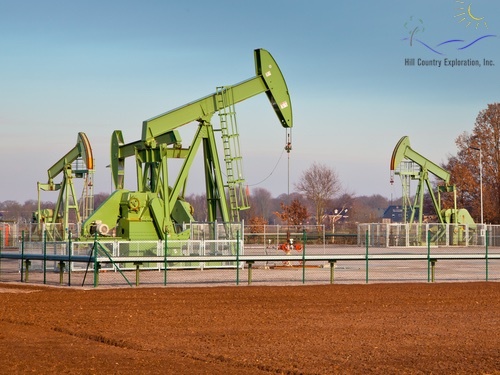The method of oil recovery has dramatically changed over the years as the cost of and demand for oil has increased. While the initial drilling often gets the most attention, secondary oil recovery has become important to ensure the largest portion of a reservoir can be harvested. There are three steps that allow for enhanced oil recovery, making the most of any oil field.
1. Gas Injection
The most commonly used method of secondary oil recovery is gas injection. Once the production of an oil well begins to slow down, oil and gas companies can use this method of reintroducing pressure into the oil reservoir and increase the production levels again. This method introduces nitrogen or carbon dioxide gas through the well shaft where it will expand. As it expands, oil within the formation is forced back up the well shaft to allow for increased production. This method of oil recovery is used in about 60 percent of the oil wells within the United States.
2. Thermal Recovery
The second most popular enhanced oil recovery method is thermal recovery. This secondary production method is used in about 40 percent of the oil and gas wells in the United States. Steam or heated water is injected into the well as a method of increasing the production of the oil and gas well. This introduction of heat reduces the viscosity of the oil, making it flow more easily through the formation and well shaft and to the surface. This method is often preferred because it doesn’t use chemicals or other elements that could be dangerous to the surrounding environment.
3. Chemical Injection
Used in less than one percent of United States wells, chemical injection involves the introduction of certain chemicals into the well. This process uses a solution that consists of water and micellar polymers, which reduces the amount of friction taking place between water and the oil. This works similar to the thermal recovery and reduces the viscosity of the oil so it can flow more readily through the well and ground structures. This method isn’t widely used because of the environmental impact of the chemicals.
Oil recovery can be improved with the use of specific secondary oil recovery methods to increase production and ensure oil and gas companies get the most out of each well. In fact, oil production can increase by as much as 40 percent with the use of one of these methods. The demand for oil and gas is rapidly increasing, which means companies need to keep up by employing the latest methods for bringing the most oil and gas to the surface.
If you’re interested in investing in oil and gas wells that utilize secondary oil recovery methods, contact us. We offer a full portfolio of oil and gas investment opportunities.




